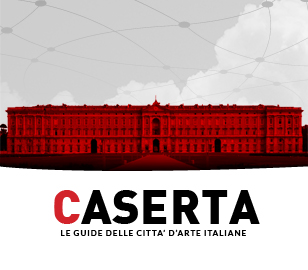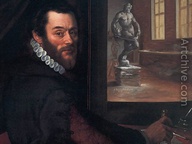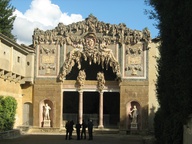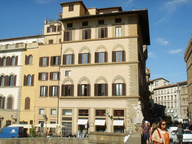Giovanni Battista Piazzetta
Venice 1683 - Venice 1754
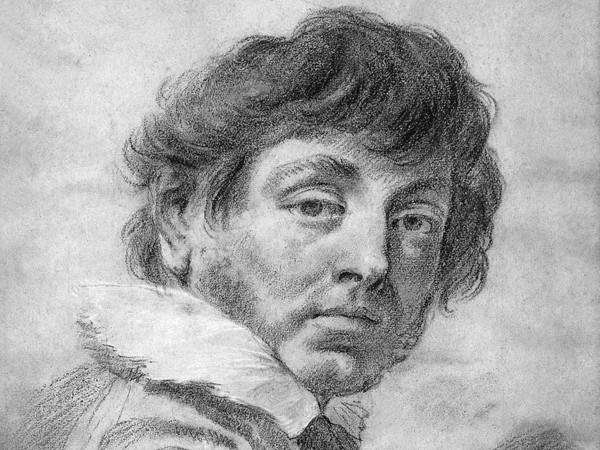
Son of Giacomo, sculptor and wood carver, he was the apprentice of Antonio Molinari. At twenty, he made a trip to Bologna which proved to be essential for his training: here he became acquainted with Giuseppe Maria Crespi’s work and was purported to join his shop in 1703. He returned to Venice in 1711: he enlarged his shop and in 1750 established what later became the Painting Academy. One of the leading figures of the patetico-chiaroscuro current, focused on sharp contrasts of light and shade and on the dramatic nature of characters, he deeply influenced Venetian culture in the 1700s: he gave several ideas for research on plastic themes and was one of the main inspirations for Tiepolo. His activity as drawer and book illustrator was so important that he is still remembered today as the main XVII-century drawer. The graphic strength of his paintings became a model for Venetian-school painters, including Tiepolo. Despite his academic activity and public acclaim, he died poor and alone. His works include Saint James led to his execution (San Stae, Venice), where his quest for plasticity is already showing, the Glory of Saint Dominic (Basilica Santi Giovanni e Paolo, Venice), in which he took full advantage of all the perspective techniques he learned in Bologna, the Assumption (Louvre, Paris), which develops his decorative theme and the Vision of Saints Ludovico Bertrando, Vincenzo Ferrer and Giacinto (Chiesa dei Gesuati, Venice), considered his masterpiece.



